Submitted by Berrin Chatzi Chousein
"Star architecture is shifting through the global recognition offered by WA Awards" says Roudbari
United States Architecture News - May 01, 2018 - 00:17 17227 views
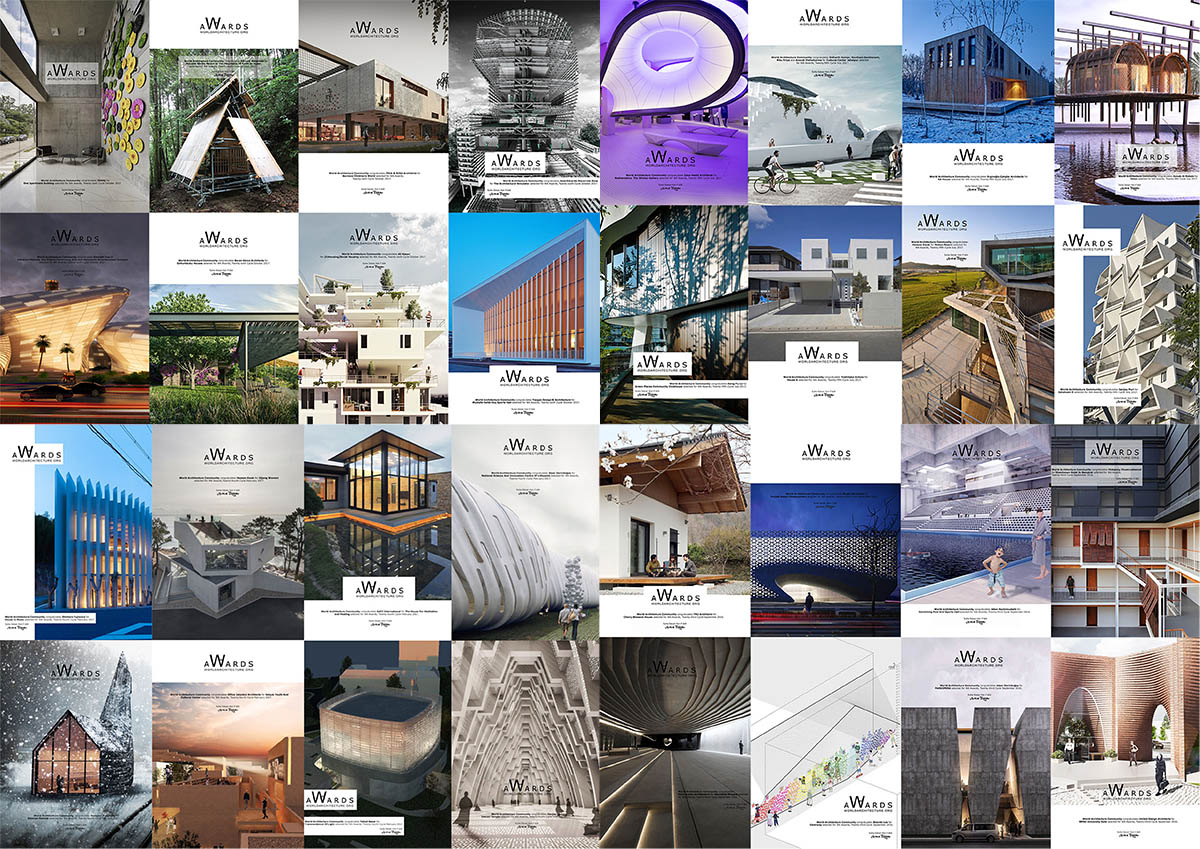
The notion of star architecture is deeply changing through the emergency of web-based awards, applied by World Architecture Community Awards, according to an academic research by Shawhin Roudbari.
The research titled "Crowdsourced and crowd-pleasing: the new architectural awards and the city", published in the Journal of Urban Design in 2017, found that web-based architecture awards set a new system of architectural recognition and makes help to shape "city branding" and "urban form" affecting each other.
According to the academic paper by Roudbari, World Architecture Community Awards is among the most powerful platforms setting a new system of architectural recognition through "a more democratised process" that bases on public or member votes - alongside ArchDaily and Architizer.
"The system of architecture awards is changing. Architecture award websites, from ArchDaily to the World Architecture Community (WAC) Awards, are crowdsourcing judgement of architectural excellence," says the paper.
"By ranking recognition of architecture through a more democratized process that bases awards on public or member votes, this new regime of architecture award website sources recognition from the crowd, rather than experts. By disseminating that recognition widely through popular media channels, these new sites generate distinction through exposure for the award recipients."
Analytical framework: the production and consumption of recognition
Symbolic capital
Emphasizing the social nature of WA Awards, Roudbari's research also points out that the system of star architecture is shifting in today's architecture era by lowering barriers, allowing new architects to enter the new star architecture system, which is highly elevated by new international and web-based design awards.
More importantly, WA Awards, described as an epoch-making platform applying crowdsourcing judgement in a more democratised way, are analysed in detail to show that "how recognition distributes symbolic capital transnationally."
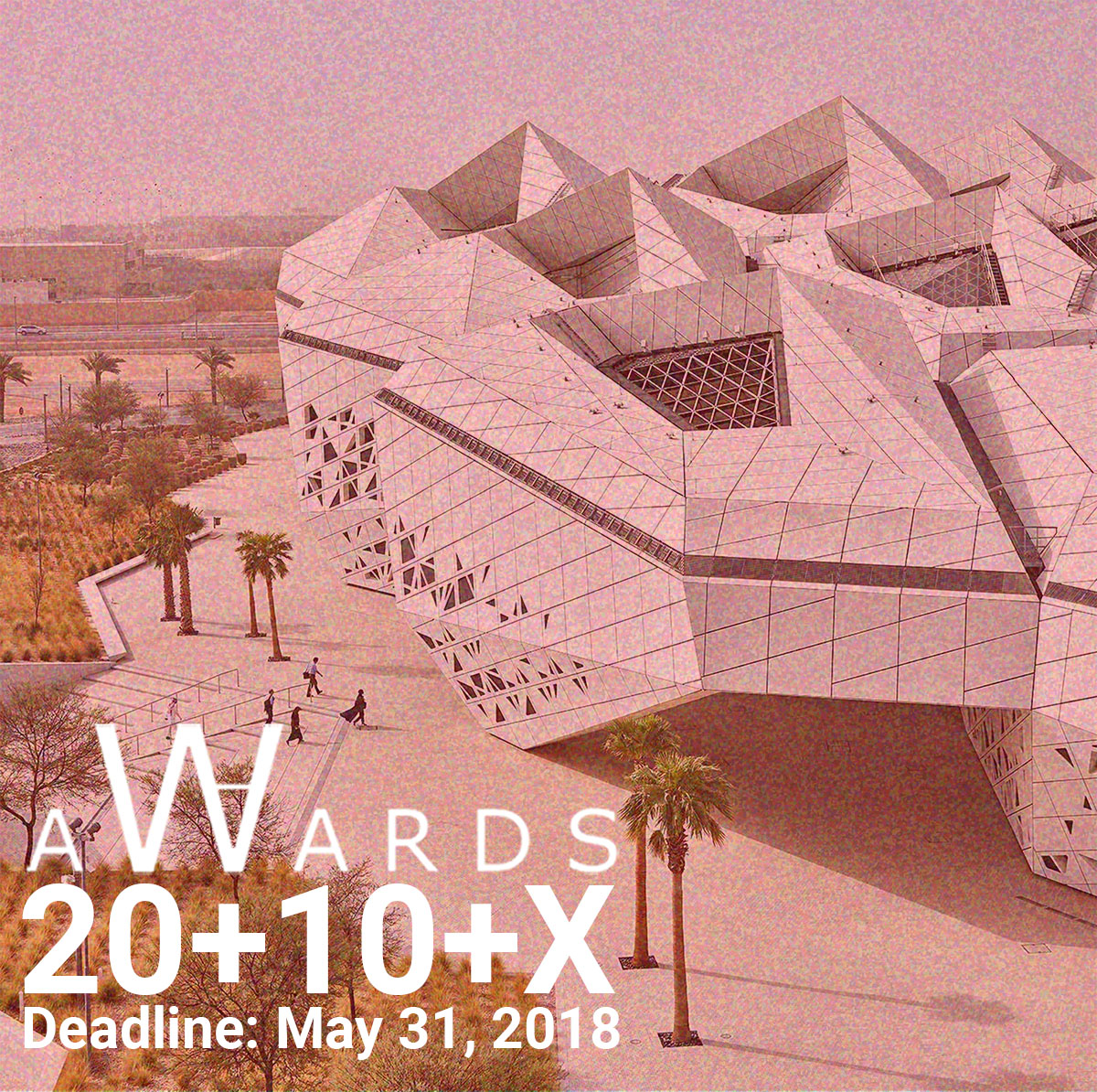
WA Awards' new poster for the 28th Cycle
"The goal of this paper is to make that connection. It does so by contributing to a theory of recognition and urban form that draws an analytical line between architectural awards and recognition at one end to city branding and urban form at the other. That line is anchored by the ways symbolic capital is produced and consumed by architects and their clients. By casting light on the emergence of web-based awards, this paper offers an understanding of how crowdsourcing judgement for architecture can affect urban branding," the paper states.
Shawhin Roudbari is the Assistant Professor at the University of Colorado Boulder's Program in Environmental Design. Roudbari studies the globalization of design professions with a focus on professionals' activism and political engagement. His researches focuse on in-depth interviews, participant observation, and analyzing texts, where he investigates new ways of activists, shapes and mobilises power towards justice causes.
"It is argued that the basis of what constitutes star architecture is shifting. The analysis shows that new international, web-based design awards are lowering barriers to entry into the star architecture system, enabling the production and consumption of recognition transnationally at a scale previously unseen, and democratizing recognition by crowdsourcing the judgement of projects," the paper says.
"The case is made that scholars of urban regeneration, city branding and competitive cities need to attend to this changing basis of architectural recognition."

Transnationalism
In addition to this, Roudbari explains that how the discourse of WA Awards triggers a transnational dimension in the production and consumption of recognition. And based on this, he emphasises that the system of WA Awards can play a significant role to develop the career of a local architect who is "little-known" in global media.
"In the case of global, web-based awards, a transnational dimension is added to the produc- tion and consumption of recognition. Architects from countries not previously empowered to weigh in on global recognition now cast votes ‒ and with global web access, architects from many more parts of the world are receiving recognition and accolades," the paper states.
"In terms of the consumption of recognition, the global recognition offered by a WAC award, for example, might have a greater effect on the career of an architect in Slovenia than on the career of an architect in the UK. The symbolic value of an award has different currency in different countries (English 2005)."
"In the case of architecture awards, the symbolic value that the sponsoring organization (or profession) places on an award is communicated to an audience of consumers across the world through press, publicity and buzz. Architects in different professional-cultural contexts consume recognition offered by websites such as WAC differently."
"In the case of web-based awards, where textual content is a primary means of communication, the cultural meanings of that text are interpreted and misinterpreted by architecture cultures as diverse as the countries with access to the web. Exposure, for example, may be mistaken for distinction. Architects in different countries may consider the prestige offered by the AKAA and WAC awards as closer in stature than they actually are," the paper stressed.
"Design award websites are a central space through which this production, reproduction and consumption of recognition and legitimacy takes place. The recognition offered by design award websites is transnational."
"Their transnational nature is different from the Western production and global consumption of recognition that marks previous international awards. The transnationalism of web-based design awards marks a historical evolution in architectural recognition," Roudbari continues in his paper.
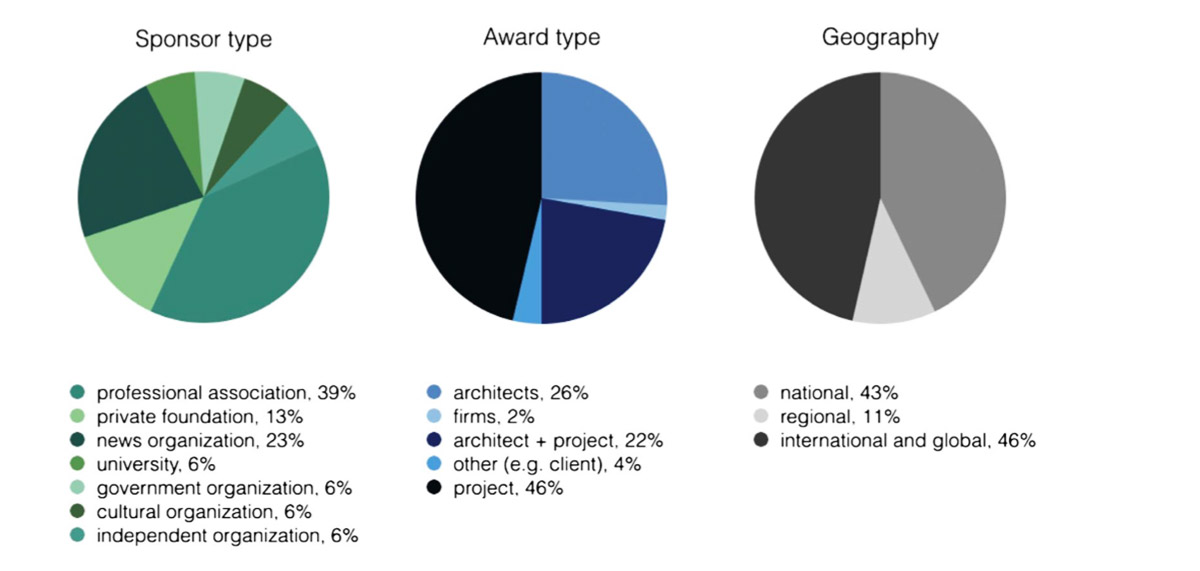
Distribution of awards by sponsor type, award type, and geography. Image courtesy of an academic paper by Shawhin Roudbari
In a 18-page paper, Roudbari also reveals in-depth analysis on the distribution of awards by sponsor type, award type, and geography, to investigate the global landscape of recognition.
"The WAC and WAF awards represent a second type. They are independent, wide-distribution awards established through the web. They have a stated intent of representing architects in all parts of the world. Submissions are based on digital content; photos and information about projects are submitted through the award website," the paper highlights.
Findings
Roudbari shares his findings in three steps as regarding the transformation of architectural recognition. He stresses that "Three salient themes on the transformation of architectural recognition emerged from the analysis. First, the lowering of barriers to gaining recognition result in more people with a more diverse range of qualifications competing for awards. Second, as suggested in the history outlined above, more people in more parts of the world are consuming architectural recognition."
"Third, the process of judgement is being relocated from the domain of expert juries to the crowd in what can be described as a democratization of judgement. Collectively, these findings demand a reconsideration of the recognition that flagship and star architecture are based on."
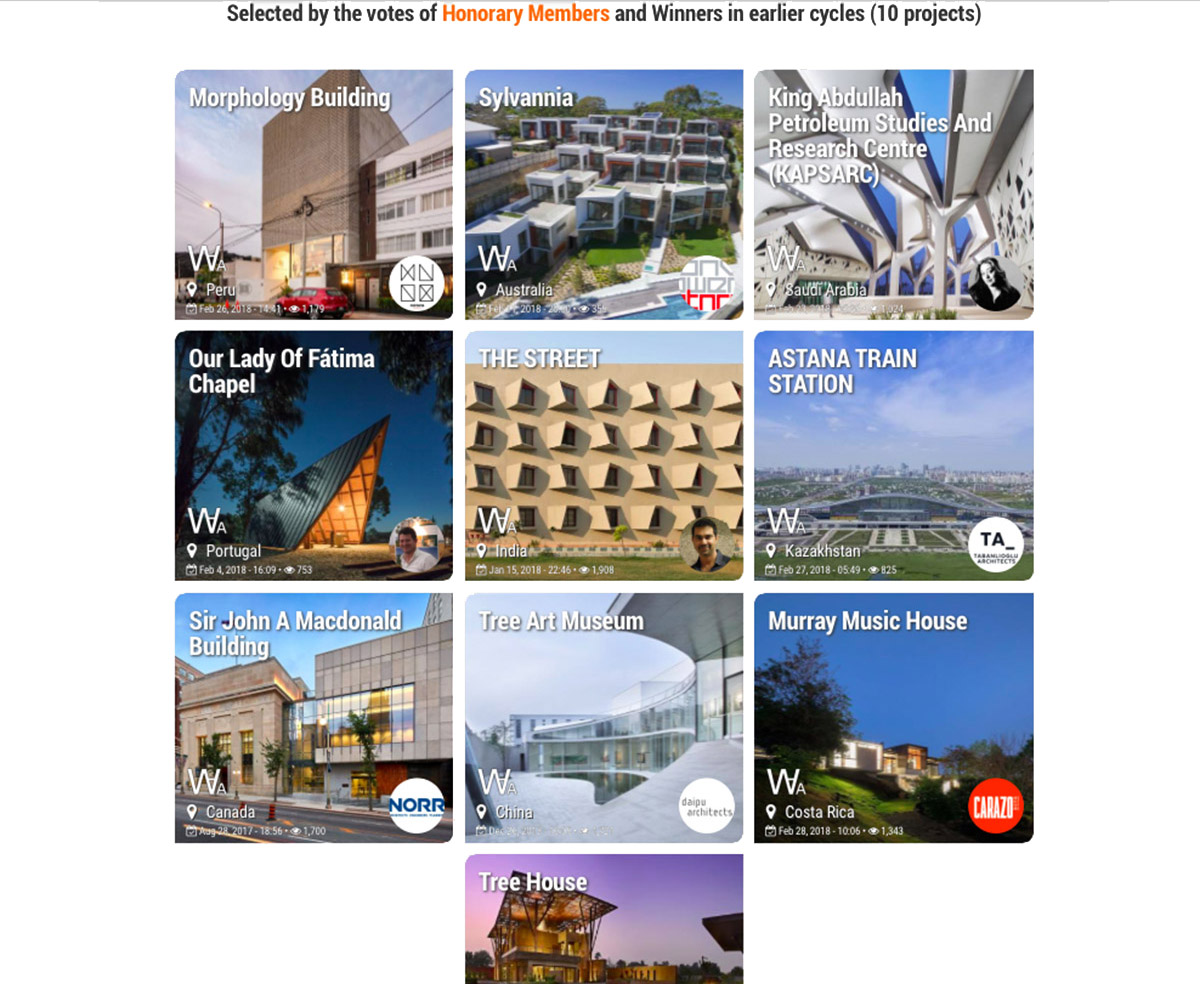
WA Awards winners in the 27th Cycle, show a cultural diversity in the participation of WA Awards
Lowering the barriers to recognition
Roudbari also analyzes the eligibility criteria, submission and evaluation processes of WA Awards to draw attention to "evaluate architecture as a functioning space and not just as a visual concept", which is mentioned in WA Awards' participation criteria.
"Online awards present evidence of the lowering of barriers to obtaining recognition. One way they do this is through their eligibility criteria, submission criteria and evaluation processes," the paper adds.
"Two important moves are marked in this declaration. First, the requirement of a building’s actual existence is removed. Professional design awards maintain built work as a requirement for evaluating architecture as a functioning space and not just as a visual concept. Second, many profession-based awards require that entrants are licensed or otherwise registered members."
"Furthermore, the social nature of the web enrols more architects in the production of recognition. Websites such as that of WAC make it easy for architects to become members, submit work and even serve as jurors."
"International design award sites broadly encourage participation, thereby increasing the pool of consumers of recognition. This encouragement is often at odds with the language of prestige and selectivity. The previous quote (from WAC) exemplifies this. In that passage, the note that accreditation is not required broadens the pool of participants while flattening hierarchy. For participants that become eligible with this caveat, a new site of production of recognition becomes available. They become activated as consumers in a transnational economy of recognition and a transnational exchange of symbolic capital," Roudbari emphasises in his paper.
"WAF and WAC capitalize on the symbolic value of the exposure they offer. For example, WAC offers frame-ready, signed certificates of award-winning projects that can be downloaded in Portable Document Format and shared with peers and patrons."
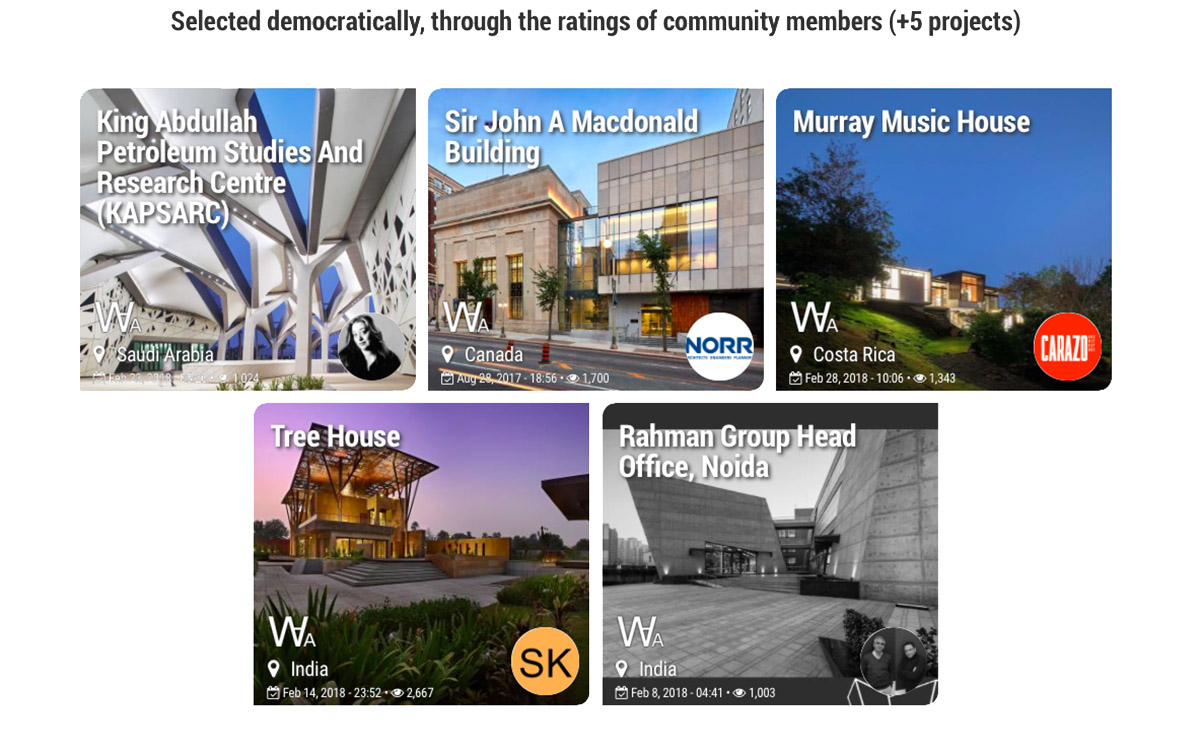
WA Awards winners in the 27th Cycle
Crowdsourcing recognition and the democratization of judgement
Roudbari's research also briefly touches upon how the "WAC website advertises the participatory nature of their selection process", which is emphasised in WA Awards' Participation Procedure. However, the most important analysis of Roudbari is that how awarded projects selected by WAF, WAC, ArchDaily and Architizer "challenge the connection between legitimacy and expertise", compared to the Pritzker and AKAA.
"Award projects such as WAF, WAC, ArchDaily and Architizer challenge the connection between legitimacy and expertise that have, until now, anchored the production of global recognition almost exclusively in awards such as the Pritzker and AKAA. In doing so, the new regime of recognition threatens the cultural capital that global awards built," states Roudbari.
"Crowdsourced recognition prioritizes exposure over the distinction that expert juries bestow. (In Bourdieusian terms: the discourses of web-based awards favour readily available symbolic capital over cultural capital, which relies on slower and education-intensive processes)."
"However, symbolic capital is not static. The findings presented above show that it is changing; it is being offered to more architects, in more parts of the world and crowdsourcing judgement is intensifying the rate of these changes. Symbolic capital is no longer the domain of an elite group of architects and tastemakers; new crowds of participants in and observers of architectural recognition are taking part in its production and consumption," adds Roudbari.
"Even primary cities in peripheral countries, which are not destinations for Pritzker-winning architects, remain destinations for architects that carry the symbolic capital of WAC and WAF awards on their resumés," concludes Roudbari, with a mentioning to his dissertation "The Transnational Transformationof Architecture Practice: Iranian Architects in the New Geography of Professional Authority", published in 2013 by the University of California, Berkeley.
Read the full paper of Shawhin Roudbari from here: Crowdsourced and crowd pleasing the new architectural awards and the city.pdf.
All images courtesy of WAC, except otherwise mentioned